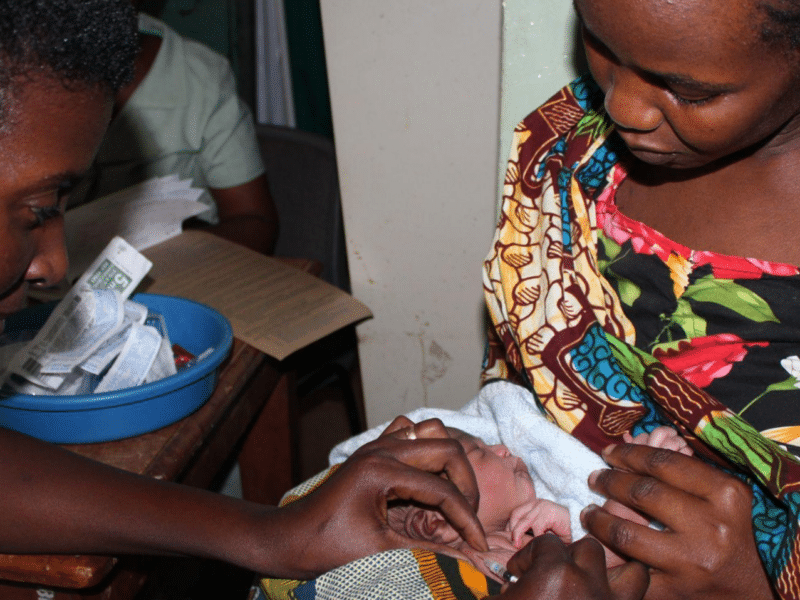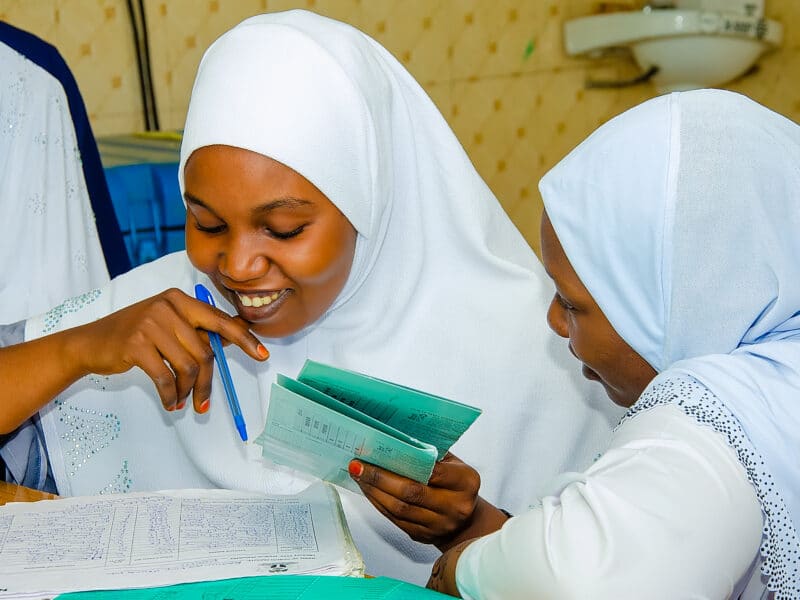Interviews with study participants suggest that adolescent girls and young women from the DREAMS program in Côte d’Ivoire who are educated about HIV-prevention medication are more likely to want to take a daily dose of pre-exposure prophylaxis (or PrEP).
Unfortunately, new research from the Johns Hopkins Center for Communication Programs suggests, structural barriers are keeping those ages 16-24 from long-term access to the medication, a form of antiretroviral therapy designed to prevent infection among those who are at substantial risk of acquiring HIV. Experts say that, if used more broadly, PrEP could be a real game changer in stopping the spread of HIV.
“Adolescent girls and young women from the DREAMS program had a positive reaction towards PrEP: They’re interested in it. They think it’s a good idea and are open to the idea of using it to protect themselves from HIV,” says CCP’s Youssouph Coulibaly, the research, monitoring, and evaluation manager in Côte d’Ivoire who managed the study. “But there’s also a problem of facilitating ongoing use. So even with all this interest and positive feeling towards it, the structural barriers are still too high.”
DREAMS is a USAID-led initiative which began in 2015 to help reduce rates of HIV among adolescent girls and young women in Côte d’Ivoire and other African countries.
PrEP, meanwhile, has been around for nearly a decade and is 99 percent effective when used every day. The World Health Organization says roughly 1.6 million people across the world received oral PrEP at least once in 2021 and the number has certainly increased since then.
But PrEP is underused globally. There has been a recent push in many African countries, and much has been geared to those at highest risk, such as men who have sex with men and sex workers. But the HIV epidemic continues because it is still spreading in young people.
The barriers to getting PrEP are many. The health clinics where PrEP is dispensed are often a long distance away, making travel there a challenge. Adolescent girls and young women often only go to their initial appointment for PrEP, when transportation is usually paid for and arranged by a local program, but then don’t go back when there may be out-of-pocket costs for them to get there. And there can be a stigma to using PrEP, as many are afraid to be seen with the medication for fear others will think they have HIV.
“Most adolescent girls and young women agree to receive PrEP,” one health worker told researchers. “But very few of them return for their appointment, for a check-up and refill of PrEP.”
Another concern is that some clinical providers, due to a lack of training about PrEP, may not be able to answer all questions from clients about its benefits, leaving girls without some of the information they might need to ensure they stay on the medication, says Yacouba Doumbia, CCP’s senior HIV advisor in Côte d’Ivoire.
The benefits of taking PrEP can be life changing, says Beth Mallalieu, a senior program officer at CCP. Most importantly, it can prevent a young woman from getting HIV from a partner and it is something the woman can control. Condoms also prevent HIV, but it’s her sexual partner’s choice on whether to use one.
Under the CCP-led Breakthrough ACTION project, researchers assessed how participants enrolled in the DREAMS program felt toward using PrEP. Compared with other women of the same age who hadn’t been educated about PrEP, DREAMS participants had a greater tendency to list PrEP as their preferred HIV prevention method, says CCP’s Natalie Tibbels, a monitoring officer who worked on the research.
The assessment included a telephone survey, focus group discussions and in-depth interviews with health workers and mentors who coach the girls.
Along with helping to incorporate PrEP education into DREAMS programming, CCP has also developed materials aimed at populations at highest risk for HIV.
Mallalieu says this assessment offers helpful ideas to programs and the Ministry of Health in Côte d’Ivoire on what is missing in the push to prescribe PrEP to more adolescent girls and women. Making the medication more easily available, ensuring that a large number of clinics offer PrEP in order to bring it closer to the people who need it, and spreading the word broadly about its benefits are just the beginning of what can be done.
“There are fears and rumors and those can be big barriers, too, but it looks like there may be girls who would stay on PrEP if it were easy to do,” Tibbels says.




